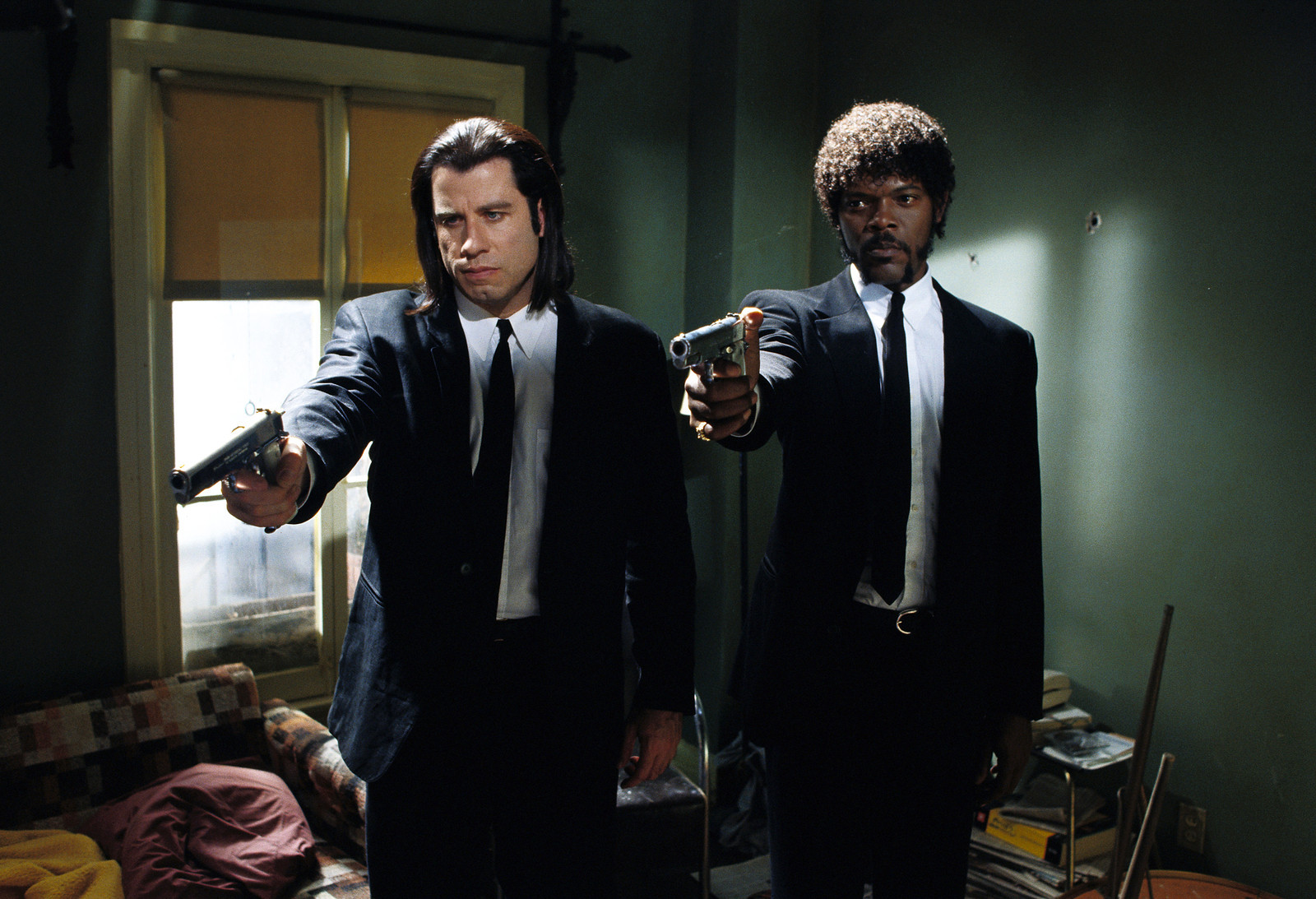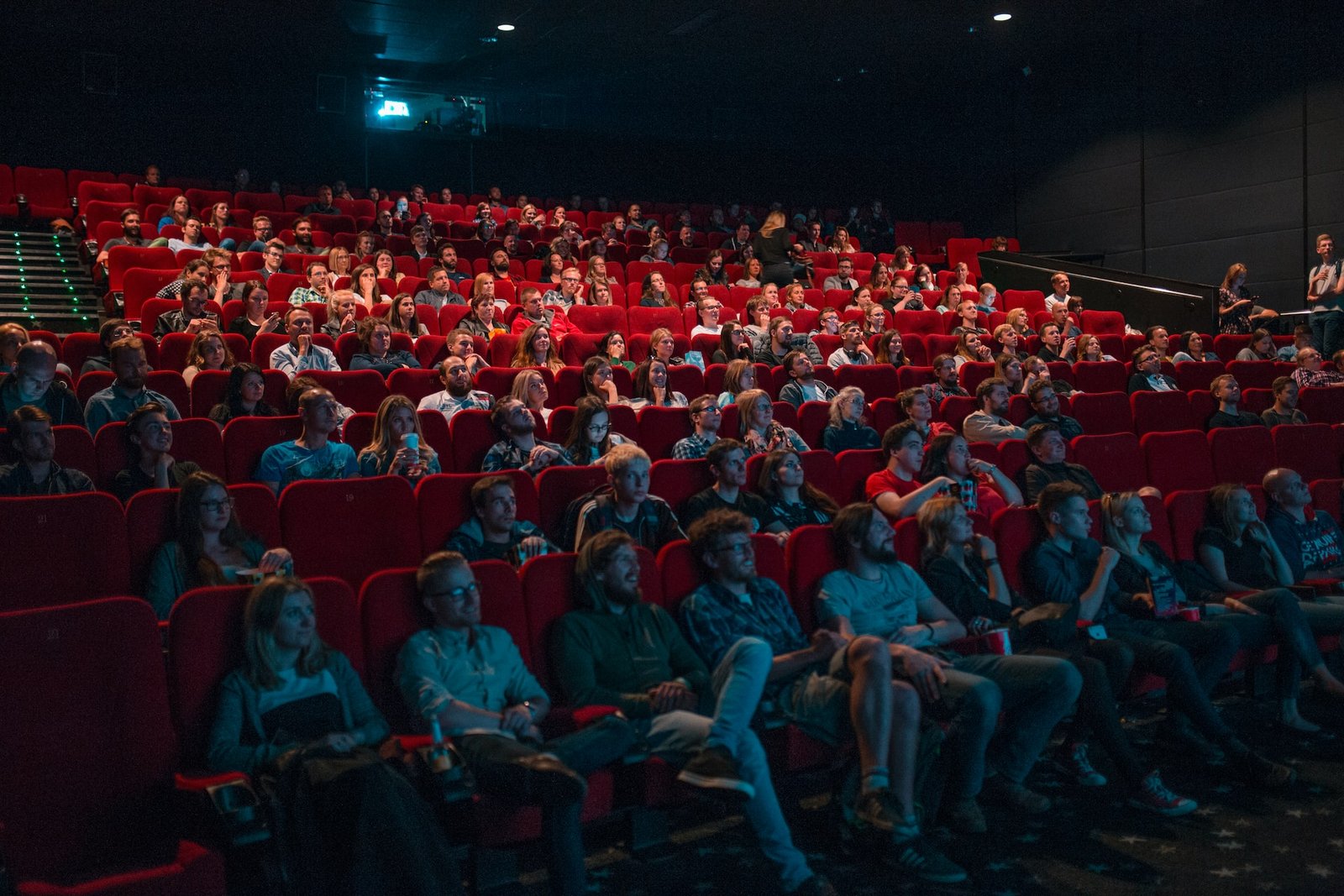In the 20th century, the difference between indie films and major studio films was largely defined by the production value and scope of distribution. Indie films were typically produced by small independent production companies and were distributed by film festivals or independent distributors. On the other hand, mainstream films were typically produced by large Hollywood studios and were distributed through traditional channels such as movie theaters. With the evolution of technology and filmmaking equipment, independent filmmaking has never been easier and many indie films can now rival mainstream film productions in terms of production value and distribution.
Defining what exactly is considered an independent film in modern cinema can be difficult when common Hollywood distribution and production methods have become more accessible to the public. So, what is an indie film? In this blog post, we will explore the definition of an indie film, its history, and what separates it from mainstream cinema.
Indie Film Definition
Simply put, an independent film could be described as any film produced outside of the traditional studio system. These films are usually made with smaller budgets than mainstream films and are often distributed in unique ways, such as through film festivals like Sundance, Cannes, or the Toronto International film festival.
Nowadays, the lines between what is considered an indie film and what’s not has gotten blurry. Since the five major studios (Universal Pictures, Paramount Pictures, Warner Brothers., Walt Disney Studios, and Columbia Pictures) began acquiring indie production companies along with creating subsidiary companies to produce studio-financed “indies,” the distinctions between what is considered independent and not have become muddled.
Reveel is a streaming platform that is exclusively filled with indie films created by filmmakers from all over the world. The streaming service was created to empower both independent filmmakers and audiences to have alternatives to the predictable sequels, remakes, and reboots coming out of Hollywood. Reveel has absolutely no fees. Check out Reveel Here

What is an Indie Film Today?
Indie used to be a term that was easy to define because of their small budgets independently raised and lack of traditional distribution. Times have changed, however, and with streaming services added into the mix, indie films have become more of an approach to filmmaking than anything else.
Independent films have an anti-corporate attitude towards telling stories that give autonomy to the filmmaker’s personal artistic vision. Indies can tell stories freely in ways that major studios are incapable of. This is part of the reason why famous directors or actors will go to indie films to discover stories that are original and unique. Today, indie movies can be largely put into three categories:
- True Indies
- Mini-Major Indies
- Studio Indies
True Indies
True indies are the films that stick closest to the original definition of what an indie film is. These movies are made without involvement from major studios and are financed independently by the filmmaking crew or through crowdfunding. These films are traditionally distributed through film festivals and have the most creative freedom out of all three types of indies. For example, The Blair Witch Project, Sex Lies, and Clerks are true indies.
Mini-Major Indies
Mini-major indies are films that aren’t produced by the major studios but are created by production companies that can provide similar resources. The most notable mini-major studio is A24, which has produced some of the most groundbreaking films in recent years such as Lady Bird, Moonlight, and The Disaster Artist. Annapurna Pictures and Blumhouse Productions have also found success by creating higher-budget indie films.
Studio Indies
Studio indies are films that are produced and distributed by companies owned by major film studios like New Line Cinema, Fox Searchlight Pictures, and Focus Features. Even though these films technically aren’t indies, they often get lumped into the category because of the autonomy the filmmaker has over the project and the unorthodox style that is usually associated with indie films.
Read More: 50 Most Popular Indie Films on Reveel

The Cinema History of The Indie World
The origin of independent films goes back to the early 20th century. The big studios had a monopoly over the film industry and a pecking order was established that placed five studios at the top (20th Century Fox, Metro-Goldwyn-Mayer, Paramount Pictures, RKO Pictures, and Warner Bros.) and three smaller studios beneath them (Columbia Pictures, United Artists, and Universal Studios).
There was little room for independent films but four prominent figures (Mary Pickford, Charles Chaplin, Douglas Fairbanks, and D. W. Griffith) in silent cinema teamed up to create an independent production company titled United Artists to resist the dominating major studios. It’s considered to be the first independent studio made in America. As the major studios tightened their grip over the entertainment industry in what is known as the Golden Age of Hollywood, the movement for independent films became stronger eventually leading to the Independent Cinema Movement.
The US Film Festival was an event in Utah that was held in an effort to attract more filmmakers to Utah. In 1984, the US Film Festival was experiencing financial hardships and the Sundance Institute took over management of the event.
The Sundance Institute is a non-profit that was started by Robert Redford with the mission to support independent films. The festival was renamed the Sundance Film Festival and it was a main factor in starting the Independent Cinema movement by being a launching point for many talented independent filmmakers. Kevin Smith, Robert Rodriguez, Quentin Tarantino, and Steven Soderbergh received their big break from the Sundance Film Festival and have created some of the best indie movies ever made.
The movement was defined in the 90s when independent films started making huge strides not only in film festivals but at the box office as well. This led Hollywood to shift its focus to the indie industry and the potential that can come from it. The democratization of film technology also played a big role as it became more accessible for people to go out and make their own feature films without having to worry about the high costs associated with it.
In the 90s, audiences became enamored with the unique style that auteurs would inject into their films. Quentin Tarantino played a huge role in independent movies becoming more popular as his films Reservoir Dogs, Pulp Fiction, and Jackie Brown were loved by critics and eventually found mainstream audiences. . These films helped change the perception of indie films to be unique and compelling pieces of art rather than pretentious, drawn out films. The push for auteurs continued in the new millennium with the likes of Wes Anderson, Paul Thomas Anderson, and Darren Aronofsky.
All of this came to a head when the independent film Shakespeare in Love won Best Picture at the 1999 Oscars against Saving Private Ryan. This was a huge moment for the industry as it proved that indie films were becoming mainstream and could compete with studio blockbusters.
Today, independent films are more popular than ever before. According to Indie Film Library, independent movies made up 15% of the box office in 2021. This is a testament to how far the American Independent Cinema movement has come and the impact it’s had on both Hollywood and audiences around the world.
Streaming Services Make Indie Films Even More Accessible
Streaming platforms have made it easier than ever for audiences to watch indie films from the comfort of their own homes. They also allow independent filmmakers to have complete creative freedom without worrying about studio interference. There are also streaming services that dedicate their entire platform to independent cinema like Reveel.
Reveel is a streaming platform that puts a spotlight on the original films that are created by talented independent filmmakers from all over the world. With several hundred titles available ranging from short films to full-length features, Reveel is the perfect place to discover new and unique stories.
Read More: Best Movie Cameos From Celebrities on Reveel
Why Reveel Uses The Term “Original” Over “Indie”
In many cases, indie is not a helpful term to use to describe certain films. Even though the word has a long and interesting history, many films that are considered indie today have budgets rivaling a studio backed film. The industry has evolved drastically and our terminology has not evolved with it. Reveel uses the term “original” to describe all films that are created completely outside the Hollywood system otherwise known as true indies.
Sign up and try out Reveel at no cost today!





